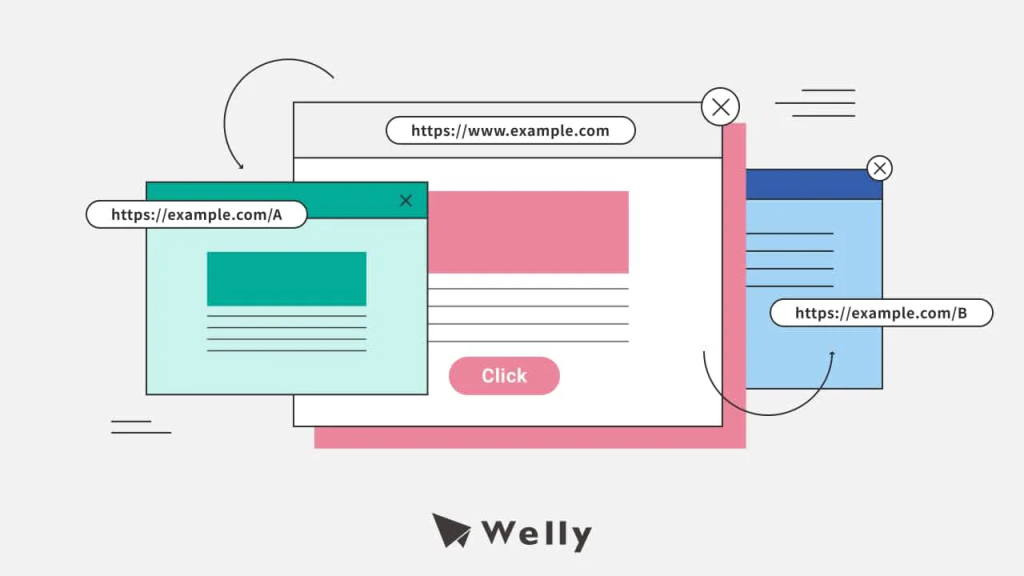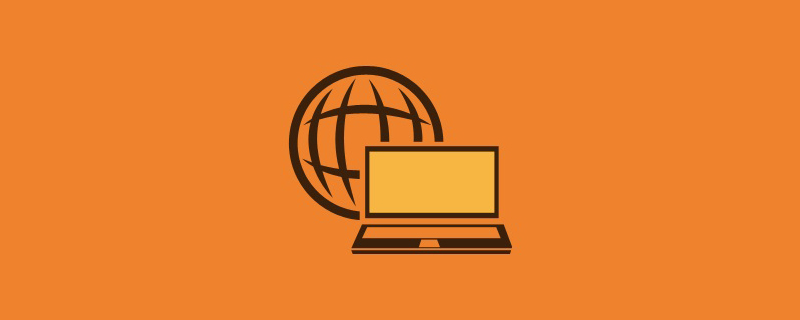Mastering 301 Redirects in WordPress: A Beginner’s Guide for SEO Success

If you’re new to SEO, you might find 301 redirects a bit confusing. What exactly is a 301 redirect? Why should you use it? And how can you implement it correctly? This article answers these questions and provides essential knowledge to help you understand and effectively use 301 redirects.

What is a 301 Redirect?
If you plan to change your website’s domain name or restructure its URLs, a 301 redirect is essential to avoid hurting your SEO rankings and disrupting the user experience. A 301 redirect is a permanent redirect that informs search engines and users that a webpage has moved to a new URL.

For example, if you decide to move your site from example.com to example.net, you can set up a 301 redirect so that both search engines and visitors are informed that the old URL is no longer valid and the new URL is example.net.
Why Should You Use a 301 Redirect?
Implementing 301 redirects offers multiple benefits:

1. Preserve SEO Equity
When you move a page from one URL to another, you want to retain its rankings and traffic. A 301 redirect signals to search engines that the new URL is a successor of the original, transferring the SEO authority to the new URL. You won’t lose your hard-earned rankings and traffic when changing URLs.
2. Avoid Duplicate Content
If your site has duplicate or similar pages, search engines might think you’re attempting to manipulate rankings, which could lead to lower rankings or even penalties. A 301 redirect can help you designate which URL should be displayed as the primary content, directing search engines to focus on the main page.
3. Enhance User Experience
If a visitor lands on an outdated or modified URL and gets an error, it can lead to frustration and confusion. By setting up a 301 redirect; you ensure users are directed to the correct URL, improving their satisfaction and trust in your website.
How to Implement a 301 Redirect Correctly

While using 301 redirects is relatively straightforward, keep these best practices in mind to avoid potential pitfalls:
1. Use Redirects Sparingly
Avoid overusing 301 redirects, as they can increase server load and user wait times. Only use a 301 redirect when permanently changing a URL is essential.
2. Maintain a One-to-One Mapping
Try to match the content of the old and new pages as closely as possible. This ensures that search engines and users can find the information they need. Don’t redirect multiple unrelated pages to a single page, which can lead to confusion and reduce relevance.
3. Update Internal and External Links
After implementing a 301 redirect, update any internal links within your site pointing to the old URL. Additionally, notify other websites that link to the old URL and request that they update their links to the new URL. This reduces unnecessary redirects and prevents errors.
How to Set Up a 301 Redirect in WordPress
There are several ways to implement a 301 redirect in WordPress, each with benefits. Here’s an overview of the most common methods:
1. Using a Plugin
A plugin is the most straightforward and user-friendly method, ideal if you’re unfamiliar with code or don’t want to edit files directly. Several popular WordPress plugins make setting up a 301 redirect easy:
- Redirection: This powerful and free plugin allows you to manage 301 redirects and track 404 errors. It supports regular expressions and import/export features for advanced redirection.

- Simple 301 Redirects: A lightweight, straightforward plugin that allows you to quickly set up 301 redirects for specific URLs or your entire site.

- Quick Page/Post Redirect Plugin: This plugin allows you to easily create redirect rules for pages and posts, and it supports both 301 and 302 redirects.

- Yoast SEO: In addition to its extensive SEO optimization features, Yoast SEO offers a redirection module that helps you set up 301 redirects within its user-friendly interface.

2. Editing the .htaccess File

Editing the .htaccess file provides a more flexible way to implement 301 redirects for those comfortable with the code. This approach is beneficial if your server uses Apache. You can access the .htaccess file via FTP or your hosting file manager and add redirection rules.
Here’s an example:
RewriteEngine On
RewriteCond %{HTTP_HOST} ^www\.aaa\.com [NC]
RewriteRule ^(.*)$ https://www.bbb.com/$1 [L,R=301]
In this example, the RewriteEngine is enabled, and RewriteCond checks if the HTTP_HOST matches www.aaa.com. If it does, RewriteRule forwards all requests to https://www.bbb.com, with the R=301 flag ensuring a permanent redirect.
3. Using PHP Code

For those with coding experience who want fine-grained control, adding PHP code to your WordPress theme or plugin can be an effective method. Using the wp_redirect function, you can create specific redirect rules.
Here’s an example:
add_action('template_redirect', 'custom_redirect');
function custom_redirect() {
if (is_page('old-page')) {
wp_redirect(home_url('new-page'), 301);
exit();
}
}In this code, we add an action that calls the custom_redirect function. This function checks if the current page is “old-page” and, if so, redirects users to “new-page” using a 301 status code.
Additional Tips for Using 301 Redirects
Regardless of the method you choose, there are a few additional tips to keep in mind:
- Back-Up Your Website: Always back up your site before implementing a 301 redirect, mainly if editing files or adding code.
- Avoid Redirect Loops: Redirect loops occur when a URL redirects to itself or a chain of redirects creates a cycle. This can harm your website’s performance and user experience.
- Limit Redirect Chains: Too many redirects can slow down your site and degrade user experience. Update links whenever possible to keep redirect chains to a minimum.

Summary
A 301 redirect is a powerful SEO tool that can help preserve rankings and traffic when you change a URL, avoid duplicate content, and enhance user experience. However, it’s essential to use it correctly, update links, and avoid creating unnecessary redirect chains.
Whether you’re using a plugin, modifying the .htaccess file, or adding PHP code, the steps outlined in this article should help you effectively implement 301 redirects in WordPress. With this knowledge, you can maintain your SEO equity and create a seamless user experience as they navigate your site.
By following these tips, you can ensure that your website remains optimized for users and search engines even as it evolves. We hope this guide has given you a comprehensive understanding of 301 redirects and their importance in your SEO strategy.







[…] Jocelynnys Dayannys da Silva Bezerra Périsset in Lausanne, Switzerland, in 1940, Wildenstein became a prominent figure in New York high society after marrying Alec Wildenstein, an […]